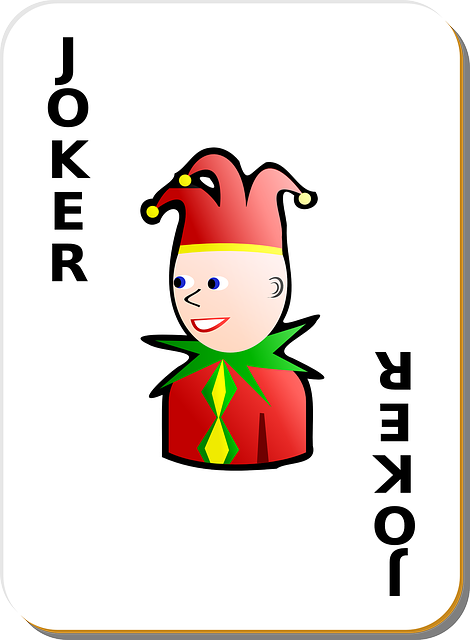"Unleash your inner poker player! Discover the captivating world of poker, a global phenomenon for players of all ages. This guide demystifies the game's core strategy: forming superior hands through skill and cunning during betting rounds. Key aspects include mastering hand rankings, betting tactics, and reading opponent cues. Explore popular variants like Texas Hold'em and Omaha, each with unique rules and bet structures, to enhance your poker journey. Dive into 'How to Play Poker' and unlock the secrets to becoming a strategic champion."
Introduction: Unlocking the Basics of Poker
Poker is a captivating card game that has taken the world by storm, with countless variations and an army of enthusiasts. In this guide, we’ll navigate you through the fundamental rules of poker, offering a comprehensive overview for both beginners and those eager to sharpen their skills. From understanding hand rankings to mastering betting strategies, ‘How to Play Poker’ will equip you with the knowledge to step into any game with confidence. Let’s begin!
Game Overview:
Poker is a competitive game where players aim to win by forming the best five-card hand according to established rankings. It involves skill, strategy, and a dash of luck.
- Game Overview and Objectives
- – Brief explanation of poker
- – Types of poker games (e.g., Texas Hold'em, Omaha)
Game Overview and Objectives

Poker is a captivating card game that has taken the world by storm, with millions of enthusiasts across all ages and backgrounds. At its core, it’s a game of skill, strategy, and psychology, where players compete to win bets by forming the best possible hand according to set rankings. Whether you’re playing for fun among friends or joining high-stakes tournaments, understanding the basics is crucial.
The primary objective in poker is simple: outwit your opponents and be the player with the highest-ranked hand when the cards are revealed. Each round involves betting, allowing players to either call (match the bet), raise (increase the bet amount), or fold (discard their cards and exit the round). The game progresses through various stages of betting until all but one player folds, leaving a winner based on the strength of their final hand. Learning how to play poker involves mastering hand rankings, understanding betting strategies, and developing skills in reading both your own cards and those of your opponents.
– Brief explanation of poker

Poker is a popular card game that combines skill, strategy, and psychology. The primary objective is to win bets by forming the best five-card hand according to predetermined rankings. Players wager on the strength of their hands, hoping to improve them through a series of betting rounds or by outplaying their opponents.
To play poker, each player is dealt a set number of cards, typically two to seven, depending on the game variant. Common poker games include Texas Hold’em, Omaha, and Seven-Card Stud. After the initial deal, players take turns betting, with options to check (pass), bet, raise (increase the bet amount), or fold (discard their hand). The game progresses through several rounds of betting until all but one player folds, leaving the remaining player(s) to reveal their hands and compete for the pot, the collection of bets collected during each round. Understanding hand rankings, knowing when to bluff, and recognizing your opponents’ tells are key skills in mastering how to play poker.
– Types of poker games (e.g., Texas Hold'em, Omaha)

Poker is a versatile game with numerous variations, each offering unique twists on the classic rules. Two popular formats are Texas Hold’em and Omaha. In Texas Hold’em, players receive two private cards and then bet based on five community cards dealt face-up on the table. This allows for a mix of personal strategy and public information, creating an engaging dynamic. Omaha, on the other hand, deals four private cards to each player, requiring them to use exactly two of their cards along with three from the board to form their best five-card hand.
Each variation has its dedicated fan base due to these distinct rules, which impact gameplay and strategic depth. Learning how to play poker involves understanding these variations, their specific card dealing methods, and bet structures. Whether it’s the simple yet captivating Texas Hold’em or the more complex Omaha, exploring these formats is a great starting point for anyone eager to dive into the world of poker.
Poker is a captivating game that combines skill, strategy, and a touch of luck. Understanding the basic rules and learning different variations like Texas Hold’em or Omaha is the first step towards mastering this popular card game. By familiarizing yourself with hand rankings, betting structures, and gameplay dynamics, you’re well on your way to becoming a poker enthusiast. So, whether you’re a novice or looking to refine your skills, remember that practice makes perfect—take a dive into the world of poker and let the games begin!






